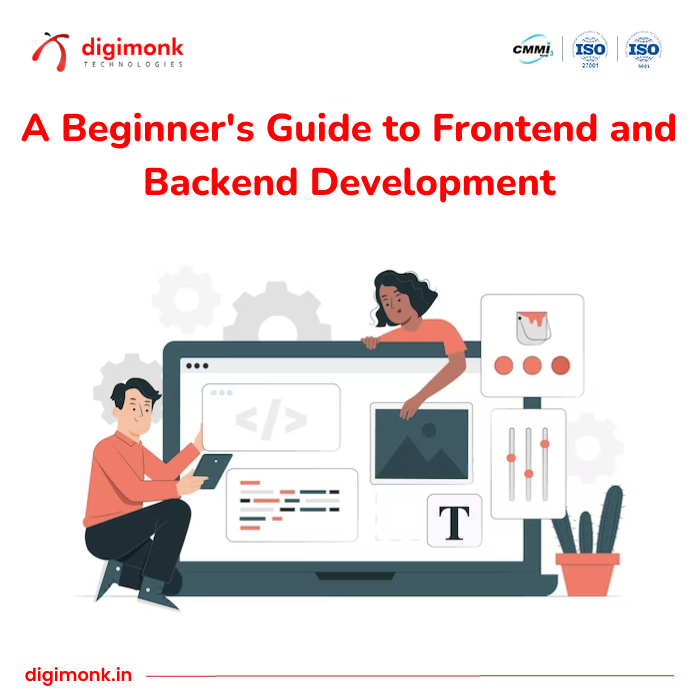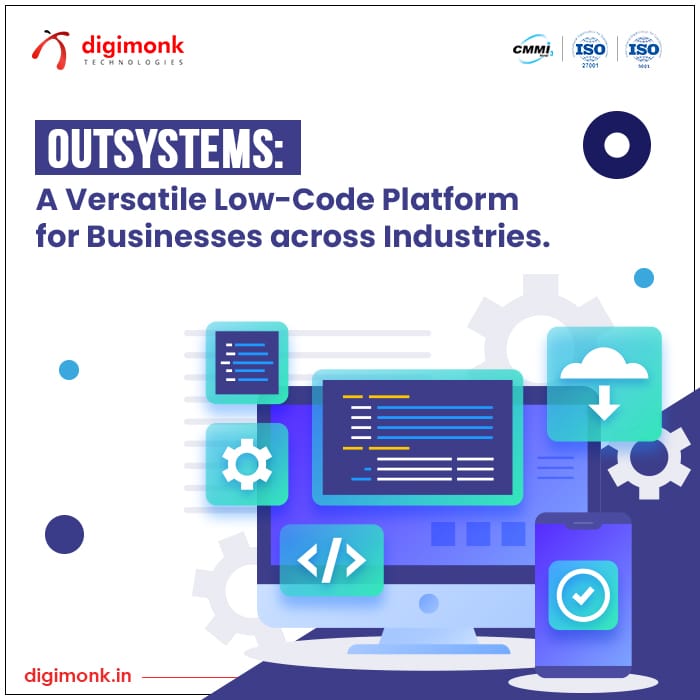10 August, 2023

Are You Looking For a
Web Devlopement | App Devlopement

5 Features Of Cloud Computing That Make Everyone Love It.
As cloud computing services mature both commercially and technologically, it'll be easier for companies to maximize the potential benefits. Knowing what cloud computing is and what it does, however, is simply as important. The National Institute of Standards and Technology (NIST) defines cloud computing because it is understood today through five particular characteristics.
1. On-demand self-service
Cloud computing resources are often provisioned without human interaction from the service provider. In other words, a producing organization can provide additional computing resources as required without browsing the cloud service provider. this will be a space for storing, virtual machine instances, database instances, and so on.
Manufacturing organizations can use an internet self-service portal as an interface to access their cloud accounts to ascertain their cloud services, their usage, and also to provision and de-provision services as they have to.
2. Broad network access
Cloud computing resources are available over the network and may be accessed by diverse customer platforms. It other words, cloud services are available over a network—ideally, high broadband communication link—such because the internet, or within the case of personal clouds it might be an area network (LAN).
Network bandwidth and latency are vital aspects of cloud computing and broad network access because they relate to the standard of service (QoS) on the network. this is often particularly important for serving time-sensitive manufacturing applications.
3. Multi-tenancy and resource pooling
Cloud computing resources are designed to support a multi-tenant model. Multi-tenancy allows multiple customers to share equivalent applications or an equivalent physical infrastructure while retaining privacy and security over their information. It’s almost like people living in an apartment house, sharing an equivalent building infrastructure but they still have their own apartments and privacy within that infrastructure. that's how cloud multi-tenancy works.
Resource pooling means multiple customers are serviced from equivalent physical resources. Providers’ resource pool should be very large and versatile enough to service multiple client requirements and to supply for the economy of scale. When it involves resource pooling, resource allocation must not impact the performances of critical manufacturing applications.
4. Rapid elasticity and scalability
One of the good things about cloud computing is that the ability to quickly provision resources within the cloud as manufacturing organizations need them. then to get rid of them once they don’t need them. Cloud computing resources can proportion or down rapidly and, in some cases, automatically, in response to business demands. it's a key feature of cloud computing. The usage, capacity, and thus cost, are often scaled up or down with no additional contract or penalties.
Elasticity may be a landmark of cloud computing and it implies that manufacturing organizations can rapidly provision and de-provision any of the cloud computing resources. Rapid provisioning and de-provisioning might apply to storage or virtual machines or customer applications.
With cloud computing scalability, there's less cost on the cloud customer side. this is often because the cloud customer needs additional computing resources, they will simply provide them as required, and that they are available directly. Scalability is more planned and gradual. as an example, scalability means manufacturing organizations are gradually planning for more capacity and in fact, the cloud can handle that scaling up or cutting down.
Just-in-time (JIT) service is that the notion of requiring cloud elasticity either to provision more resources within the cloud or less. for instance, if a producing organization all of a sudden needs more computing power to perform some quite complex calculation, this is able to be cloud elasticity that might be a just-in-time service. On the opposite hand, if the manufacturing organization must provision human-machine interface (HMI) tags within the database for a producing project, that's not really just-in-time service, it's planned before time. So it's more on the scalability side than elasticity.
Another feature available for rapid elasticity and scalability within the cloud is said to the testing of producing applications. If a producing organization needs, for instance, a couple of virtual machines to check a supervisory control and data acquisition (SCADA) system before they roll it call at production, they will have it up and running in minutes rather than physically ordering and expecting hardware to be shipped.
In terms of rock bottom line, when manufacturing organizations got to test something within the cloud, they're paying for what they use as they use it. As long as they remember to de-provision it, they're going to not be paying for it. there's no capital expense here for computer resources. Manufacturing organizations are using the cloud provider’s investment in cloud computing resources instead. this is often really useful for testing smart manufacturing solutions.
5. Measured service
Cloud computing resources usage is metered and manufacturing organizations pay accordingly for what they need to be used. Resource utilization is often optimized by leveraging charge-per-use capabilities. this suggests that cloud resource usage—whether virtual server instances that are running or storage within the cloud—get monitored, measured, and reported by the cloud service provider. the value model is predicated on “pay for what you use”—the payment is variable supported the particular consumption by the manufacturing organization.






